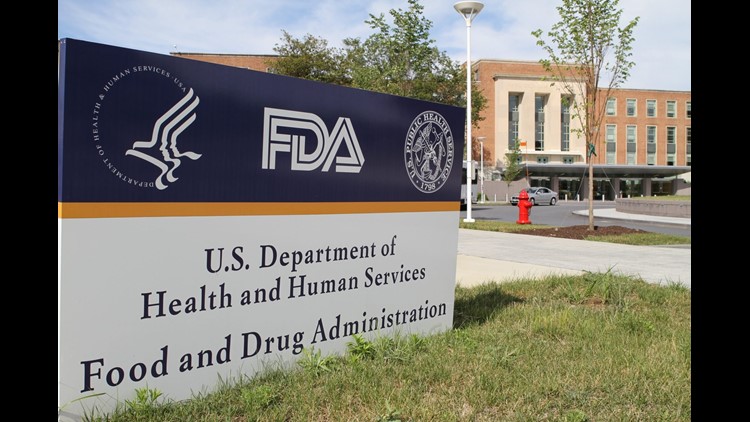Two deaths have been linked to St. Jude Medical heart defibrillators with batteries that failed. Now, the device maker has issued warnings about nearly 400,000 of the devices in use worldwide.
According to the US Food and Drug Administration, 398,740 of St. Jude Medical’s implantable cardioverter defibrillators, known as ICDs, and cardiac resynchronization therapy defibrillators, known as CRT-Ds, are affected with premature battery depletion. The defibrillators were manufactured before May 2015.
Both CRT-Ds and ICDs are implanted under the skin, in the patient’s upper chest area. The devices have wires called leads that attach to the heart and regulate the rhythm of the muscle. Defibrillators help patients with bradycardia — a slow heartbeat — by pacing the heartbeat and those with tachycardia — a fast heartbeat — by delivering shocks that reset heartbeats to normal.
Losing battery in a defibrillator could mean the failure of pacing heartbeats or delivering shocks, a potentially deadly consequence for cardiac patients.
The two deaths were associated with devices that could not provide needed shock therapy because the batteries were depleted, according to a letter sent by St. Jude Medical. Ten patients have fainted because the battery-drained devices did not provide needed pacing therapy, while 37 patients have reported dizziness from the lack of pacing therapy.
Why the batteries are failing
The premature battery depletion is believed to be caused by a buildup of lithium material, or “lithium clusters,” in the batteries. The clusters cause a short-circuit to occur in the battery, which quickly drains it of energy. The “vast majority” of devices sold have not experienced premature battery depletion, St. Jude Medical said, but it isn’t known how many are affected.
Normally, CRT-Ds and ICDs last seven to 10 years, according to Dr. Gordon Tomaselli, chief of cardiology at Johns Hopkins Medicine.
The advisory is especially concerning for patients who are “pacemaker-dependent” or require a device to control every heartbeat, he said.
“There are some patients who need (a defibrillator) 24/7,” Tomaselli said. Other at-risk cardiac patients include those whose heartbeats rapidly accelerate; they require shock therapy more often, Tomaselli says.
Both ICDs and CRT-Ds are programmed with indicators to warn patients when their batteries are running low. When the defibrillator is nearing the end of its life, physicians will turn on this alert system and tell patients to listen for a vibration in their chest, noting the battery’s end.
Typically, patients are alerted three months before their devices die. However, some affected devices have reportedly lost all battery power within weeks or even a day of alerting patients, St. Jude Medical noted.
This means high-risk patients — those who are pacemaker-dependent or have accelerated heart rates — may not receive life-saving treatment.
What to do if you have an affected defibrillator
If you have a St. Jude Medical defibrillator, check the device date: Affected defibrillators were manufactured before May 2015. To see whether your device is subject to this advisory, enter the defibrillator’s model number and serial number at St. Jude Medical’s website, www.sjm.com.
The FDA and St. Jude Medical advise patients with affected devices to contact a physician immediately after feeling a vibratory alert, signaling a low battery. The alert could mean the device’s battery will run out quickly.
In the event of the low-battery indication in these devices, immediate device change is recommended, St. Jude Medical said.
The company does not recommend removing devices before a low battery alert because of risk of complications from replacement surgery, it said in its advisory to doctors (PDF). But if a replacement is deemed necessary, St. Jude Medical will provide the device at no cost, it said in the letter.
For more protection, the FDA recommended that patients register devices for home monitoring, which will alert physicians when defibrillator devices are nearing the end of their battery life. This precaution is especially important for people who may have trouble feeling the low-battery warning vibration.
The FDA is continuing to monitor St. Jude Medical implanted defibrillators and will report any new information available.



